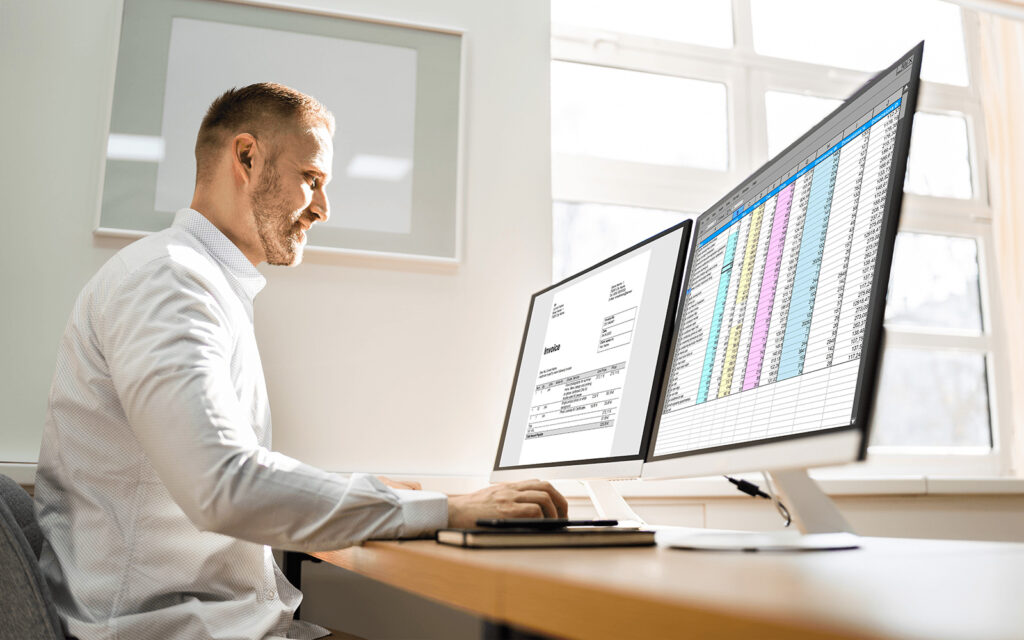What is Medical Coding?
Medical coding is the transformation of healthcare diagnoses, procedures, medical services, and equipment into universal medical alphanumeric codes. The diagnoses and procedure codes are taken from medical record documentation, such as transcription of physician’s notes, laboratory and radiologic results, etc. Medical coding professionals help ensure the codes are applied correctly during the medical billing process, which includes abstracting the information from documentation, assigning the appropriate codes, and creating a claim to be paid by insurance carriers. Medical coding happens every time you see a healthcare provider. The healthcare provider reviews your complaint and medical history, makes an expert assessment of what’s wrong and how to treat you, and documents your visit. That documentation is not only the patient’s ongoing record, it’s how the healthcare provider gets paid. Like a musician who interprets the written music and uses their instrument to produce what’s intended, medical coding requires the ability to understand anatomy, physiology, and details of the services, and the rules and regulations of the payers to succeed. Check out our webinar to learn more — Guidelines: The Foundation of Coding.
Why you should consider a career as a Medical coder
Medical coding can be a great career choice for many different reasons. Qualified healthcare providers are always in high demand. Medical coders fulfill a vital role. Every procedure or service provided by health care professionals such as a doctor is assigned a numerical code. It’s a growing career Medical coding is a growing career for several reasons. As life expectancy increases, there is a larger aging population that needs to be served by the healthcare industry. Technology is also changing medical coding as there is an increased focus on the digitization of health records. This gives medical coders an advantage as healthcare implements these changes. Coders will already have the technical knowledge to ensure accuracy and increase efficiency as these changes are made. Flexible work Environment Medical Coding provides you with choices. You can easily work full or part time, and you may even be able to work out of the office. Some healthcare providers are outsourcing their medical coding and coding work, which means you may be able to work from home—once you’ve gained some experience. You can get started quickly. A lot of people assume it takes years to start a career in healthcare, but this is not always the case. At Crescosafe, you can complete your medical coding course in as few as 3 months and an associate internship in as 1 month. With Crescosafe’s online program and multiple start dates available, you’ll have the flexibility and convenience to potentially start when it’s best for you.


There Is Upward Mobility in Medical Billing and Coding
Nobody likes getting stuck in a position without having any chance for growth. You’ll start to feel frustrated, unmotivated, and eventually end up looking for new opportunities elsewhere. Getting certified and working as a medical billing or coding expert puts you right in the middle of the entire medical administration field. You’ll be able to build your skillset and potentially move up the ladder to becoming a healthcare administrator or pursuing roles in the management of medical facilities.
Eligibility
The interested candidates of Medical coding must have a Bachelor’s degree or 3 year diploma preferably from a life science background.
Age limit : below 30
Syllabus
Medical terminology: Medical terminology in medical coding refers to the specialized language and vocabulary used in the healthcare industry to describe diseases, treatments, procedures, and other medical concepts.
Anatomy and physiology: Anatomy: Study of body structures. Physiology: Study of body functions. Essential for accurate medical coding.
ICD 10 CM: ICD-10-CM (International Classification of Diseases, 10th Edition, Clinical Modification) is a standardized system used in medical coding to categorize diagnoses. It includes alphanumeric codes for various diseases, conditions, injuries, and health-related issues. ICD-10-CM facilitates accurate documentation, billing, and statistical analysis in healthcare.
CPT Coding: Current Procedural Terminology) coding is a standardized system in medical coding used to identify and report medical procedures and services provided by healthcare professionals. Developed by the American Medical Association (AMA), CPT codes describe a wide range of medical, surgical, and diagnostic services. These codes are crucial for accurate billing, reimbursement, and communication among healthcare providers, payers, and regulators.
HCPCS: HCPCS (Healthcare Common Procedure Coding System) is a set of codes used in medical coding to identify and report medical services, procedures, and supplies provided to Medicare and Medicaid beneficiaries.
It includes two levels of codes:
Level I (CPT Codes): These codes are identical to the CPT (Current Procedural Terminology) codes and represent procedures and services performed by healthcare professionals.
Level II (HCPCS Codes): These codes cover a broader range of items and services, including durable medical equipment, ambulance services, prosthetics, and supplies not included in Level I. These codes are alphanumeric and often used for billing purposes.
HCPCS codes are essential for accurate communication, billing, and reimbursement in the healthcare industry, especially for services covered by government programs like Medicare and Medicaid.
Get in touch to know more.
Are you ready to join this prestigious course?
